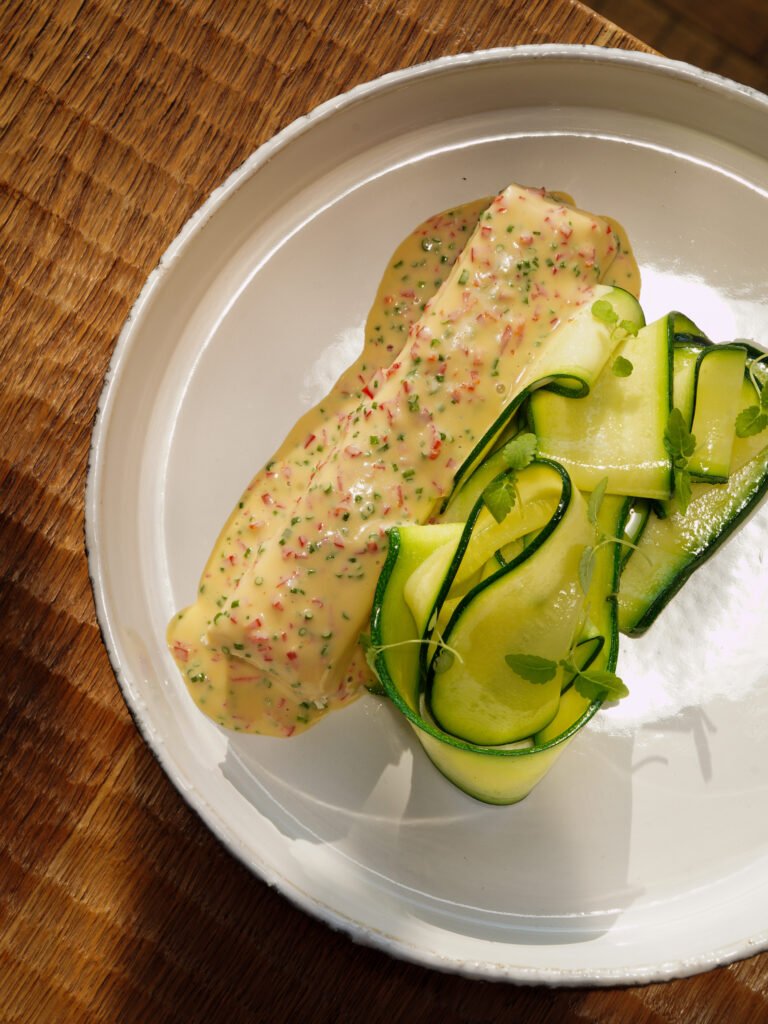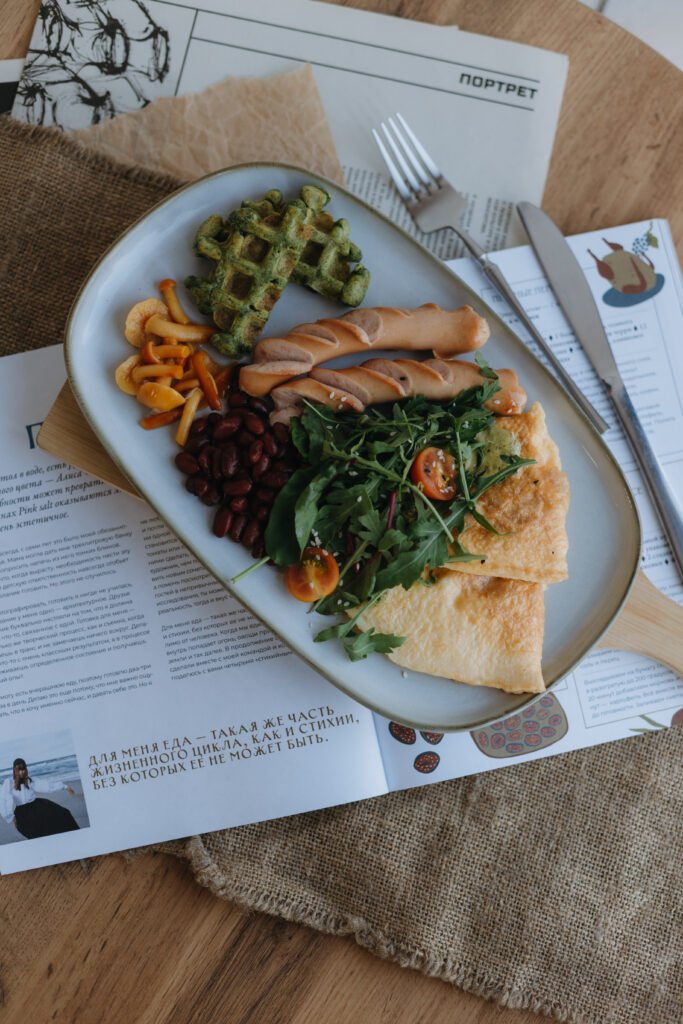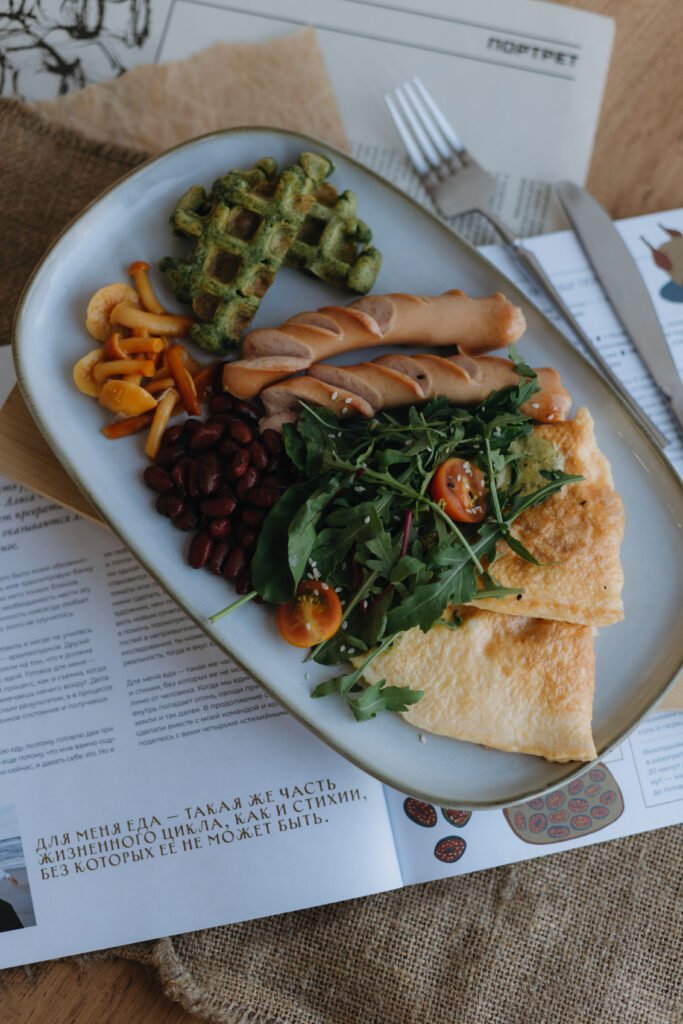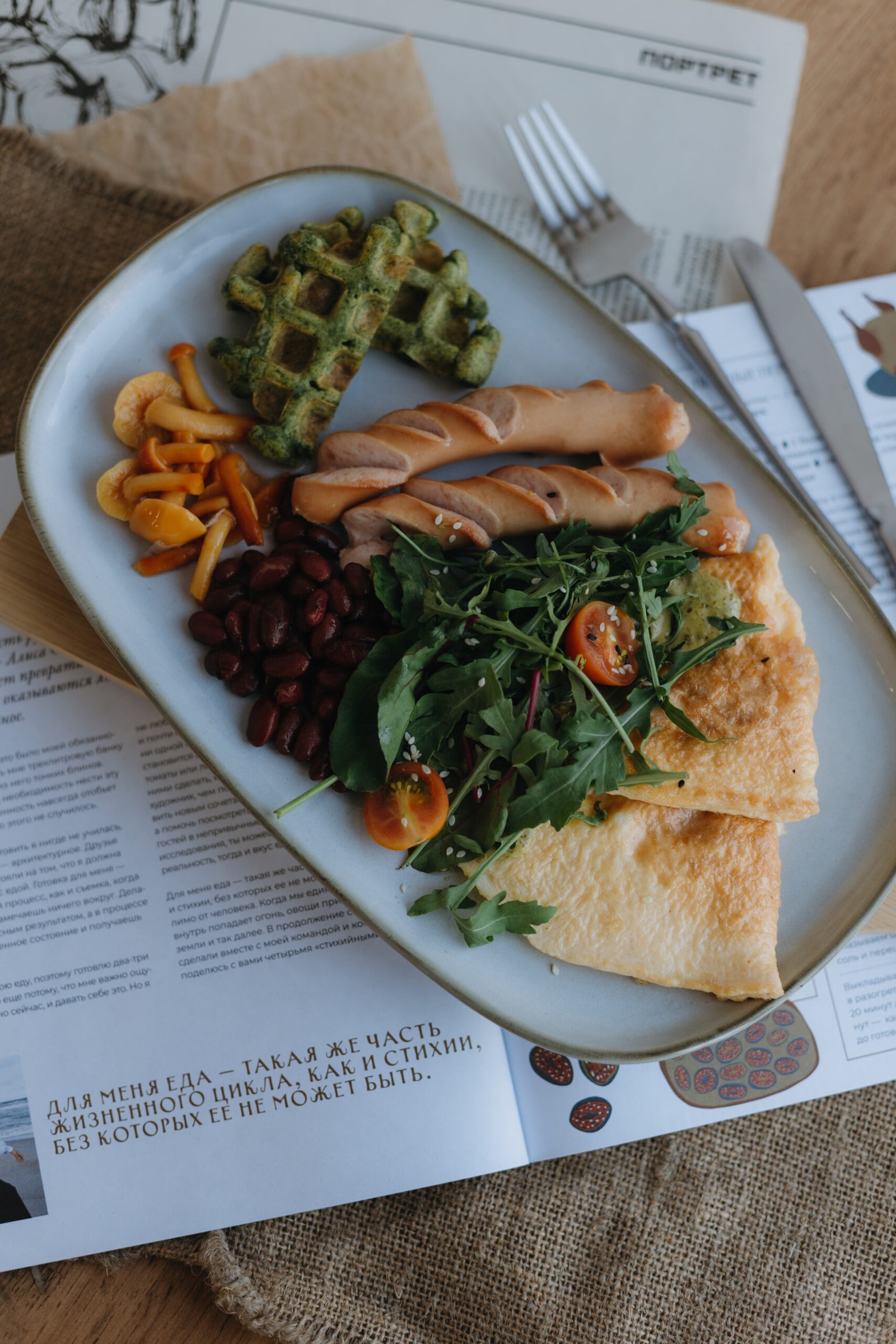Are you ready for a delightful culinary journey? Brace yourself for the deliciousness of Roasted Vegetable Pasta. This mouthwatering dish combines the earthiness of roasted vegetables with the comforting goodness of pasta. With each forkful, you’ll savor the smoky flavors of perfectly caramelized vegetables, complemented by the al dente texture of pasta. This vegetarian delight is not only bursting with flavors but also packed with essential nutrients. Get ready to indulge in a symphony of tastes that will leave you craving for more. Get your apron on and let’s dive into the world of Roasted Vegetable Pasta!
Ingredients
To make a delicious roasted vegetable pasta, you will need the following ingredients:
Roasted vegetables
Roasting vegetables adds a delicious depth of flavor to your pasta dish. You can use a variety of vegetables, including bell peppers, zucchini, carrots, and broccoli.
Pasta
Choose your favorite type of pasta, such as spaghetti, penne, or fusilli. The choice of pasta can have an impact on the overall texture and presentation of your dish.
Olive oil
Olive oil serves as the base for roasting the vegetables and adds a rich and smooth flavor to the pasta sauce.
Garlic
Garlic brings a delightful aroma and savory taste to the dish. You can use minced garlic or whole cloves for added flavor.
Fresh herbs
Fresh herbs, such as basil, oregano, or parsley, can elevate the flavors of your pasta dish. They add a refreshing touch and add vibrant colors to the final presentation.
Parmesan cheese
Parmesan cheese is often used to top off a pasta dish. Its salty and nutty flavor complements the roasted vegetables and pasta perfectly.
Preparation
Before diving into the cooking process, it’s essential to prepare the ingredients properly. Here’s what you need to do:
Roasting the vegetables
-
Choosing vegetables: Select a variety of vegetables that are suitable for roasting. Opt for colorful options to make your pasta dish visually appealing.
-
Preparing the vegetables: Wash and cut the vegetables into bite-sized pieces. Ensure they are evenly sized to promote even cooking.
-
Seasoning the vegetables: Drizzle olive oil over the vegetables and sprinkle them with salt and pepper. Toss them gently to ensure they are evenly coated.
-
Roasting process: Preheat your oven to 400°F (200°C). Spread the seasoned vegetables on a baking sheet and roast them for approximately 20-25 minutes or until they are tender and lightly browned.
Cooking the pasta
-
Choosing the pasta type: Select the type of pasta that suits your taste and preferences. Consider the shape, thickness, and texture of the pasta.
-
Boiling the water: Fill a large pot with water and bring it to a boil. Add salt to the water to enhance the pasta’s flavor.
-
Cooking the pasta: Add the pasta to the boiling water and cook according to the package instructions. Stir occasionally to prevent sticking. Cook until the pasta is al dente – cooked but still slightly firm to the bite.
Making the pasta sauce
-
Preparing the sauce base: In a separate pan, heat olive oil over medium heat. Add minced garlic and cook until it becomes fragrant. Be careful not to burn the garlic.
-
Enhancing the flavors: Add roasted vegetables to the pan with garlic, and stir them well to combine. If desired, you can add additional herbs and spices for an extra flavor boost.
-
Combining the pasta and sauce: Once the pasta is cooked, drain it and add it to the pan with the vegetable mixture. Toss everything together, ensuring the sauce coats the pasta evenly.

Serving Suggestions
A beautifully presented dish is always a treat for the eyes, and adding garnishes and accompaniments can enhance the overall dining experience. Consider the following serving suggestions:
Garnishing with herbs and cheese
Sprinkle freshly chopped herbs, such as basil or parsley, on top of the pasta to add a burst of freshness and color. Finish off the dish by generously grating Parmesan cheese over the top. The cheese will melt slightly and enhance the flavors of the pasta.
Accompaniments
Serve the roasted vegetable pasta with a side salad or some crusty bread to complete the meal. A light and refreshing salad will provide a contrast to the warm and hearty pasta dish, while a slice of crusty bread is perfect for soaking up any leftover sauce.
Variations
The beauty of pasta dishes lies in their versatility. Here are some variations you can try:
Meat version
For meat lovers, you can easily incorporate cooked chicken, shrimp, or grilled sausage into your roasted vegetable pasta. Simply cook the meat separately and toss it in with the pasta and vegetables. The added protein will make the dish even more satisfying.
Vegetarian version
If you prefer to keep the pasta dish vegetarian, you can skip the meat and focus on making the roasted vegetables the star of the show. Consider adding additional vegetables like eggplant or mushrooms to provide a variety of textures and flavors.
Vegan version
To make the pasta dish vegan, use a vegan-friendly pasta made with plant-based ingredients. Replace the Parmesan cheese with a dairy-free alternative, such as nutritional yeast or a vegan cheese substitute. You can also experiment with adding vegan protein sources, such as tofu or tempeh, to create a complete and hearty vegan meal.

Tips for Success
To ensure your roasted vegetable pasta turns out perfectly every time, consider these tips:
Doneness of roasted vegetables
Keep an eye on the vegetables while they’re roasting to prevent them from overcooking. They should be tender and lightly browned, but still retain some texture. Test their doneness by piercing them with a fork or toothpick – they should offer some resistance.
Al dente pasta
To achieve the perfect texture, cook your pasta until it is al dente. This means it should be cooked but still have a slight firmness when bitten. Take a taste test before draining the pasta to ensure it has the desired consistency.
Experiment with seasonings
Feel free to get creative with your seasonings. Explore different herbs, spices, or even flavored olive oils to customize the taste of your roasted vegetable pasta. Don’t be afraid to experiment and find the combination that pleases your palate.
Health Benefits
In addition to being a delicious meal, roasted vegetable pasta offers several health benefits:
High fiber content
Vegetables, especially when roasted, are an excellent source of dietary fiber. Fiber aids digestion, promotes feelings of fullness, and helps maintain a healthy gut.
Nutrient-rich vegetables
Roasted vegetables are packed with vitamins, minerals, and antioxidants. By incorporating a variety of vegetables into your pasta dish, you provide your body with a range of essential nutrients to support overall health.
Moderate calorie dish
Roasted vegetable pasta can be a satisfying and filling meal without being excessively high in calories. By using olive oil sparingly and focusing on the vegetables as the main component, you can enjoy a flavorful pasta dish without compromising your calorie intake.

Conclusion
Roasted vegetable pasta is a versatile and delicious dish that can be enjoyed by everyone. With a combination of tender, flavorful vegetables, perfectly cooked pasta, and a savory sauce, this dish offers a balanced and satisfying meal. Whether you choose to make a meat, vegetarian, or vegan version, the possibilities are endless. Don’t be afraid to experiment with flavors and seasonings to make it your own. So gather your ingredients, follow the simple steps, and get ready to savor a delightful plate of roasted vegetable pasta!

